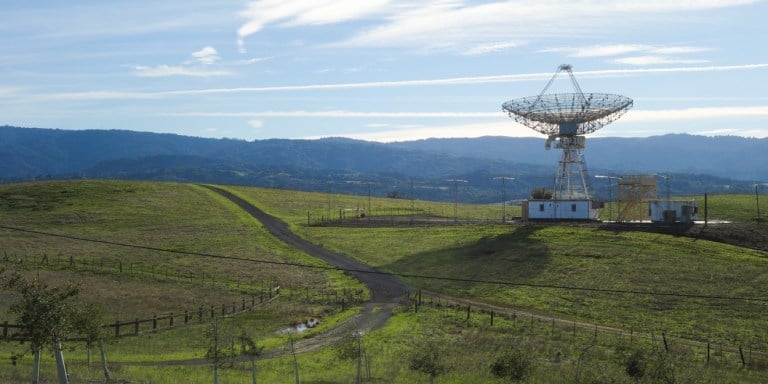With the occasional alert about mountain lion sightings in the area, students and staff are reminded that large predators remain a part of the Northern California ecosystem. As humans develop more and more land that was once dominated by grizzly bears, big cats and other top predators, human interactions with them are plausible. And Amy Zuckerwise ’15 is one Stanford student who would love to spot a mountain lion in person.
Zuckerwise started conducting research at Jasper Ridge Biological Preserve last year after taking the Jasper Ridge Docent class. Her research now focuses on how the predators’ activity overlaps with time and human patterns in the park. For her project Zuckerwise has partnered with Eric Abelson, a former Ph.D. student here and now post-doc at UCLA, and the two are focusing on mountain lions, bobcats and coyotes – all of which are native to the area.
“I’ve always been interested in big cats,” Zuckerwise said.
This interest lead her to Jasper Ridge where she was able to work as a research assistant and finally design her own project, setting up motion sensor cameras throughout the preserve to catch the movement of the big predators passing through.
“Jasper Ridge is not big enough to be an entire mountain lion territory, not even one mountain lion,” Zuckerwise said. “They sort of pass through. We don’t think they’re residents here but it’s part of their larger territory.”
It is clear from photographs and data taken at Jasper Ridge that multiple mountain lions roam through Jasper Ridge throughout the year, and Zuckerwise mentioned that she had recently captured two lions in one photo, furthering that evidence.
While several alerts of mountain lion sightings have been sent out to Stanford staff and students just this school year, it is estimated by a coalition of Woods Institute and Jasper Ridge researchers that the chance of being attacked by a mountain lion is one in 10 million.
Though none of the species Zuckerwise is studying are on the endangered species list, partly due to their large range, human activity has nonetheless reduced their populations over time.
“You can go back a long way,” Zuckerwise said. “Before European contact there were a lot more big mammals around. There has undoubtedly been a reduction in that sense.”
Today, threats of habitat destruction still plague the large predators.
“Humans fragment their habitat,” Zuckerwise said. “When there are big roads, it’s hard for them to get across. This can cause inbreeding, territorial disputes and death from cars.”
Another threat to predators is the use of rodenticides, which, when ingested by the members at the top of the food chain, cause a disease called mange. This could be a reason for the decline in bobcat populations at Jasper Ridge recently, Zuckerwise explained.
For students interested in getting involved with research at Jasper Ridge or on campus, Zuckerwise recommends first applying to be a research assistant through one of Stanford’s many programs.
“Once you’ve done that think about what you want to do and what ideas you have for your own research, then find a person who knows the most about it to help you,” Zuckerwise said.
For her, this person was Bing Professor of Environmental Science and senior fellow at the Woods Institute Rodolfo Dirzo, who was responsible for installing the very first cameras at Jasper Ridge to study big predators. Zuckerwise also gave some advice to students interested in conducting their own research.
“I would say go for it! When it comes to research, there’s lots of funding here at Stanford, and people are really helpful. Be motivated to go forward and pursue that,” Zuckerwise said.
Help for her project also came from the student club SEEDS – Strategies for Ecology Education, Diversity, and Sustainability – the Stanford chapter of the Ecological Society of America. Zuckerwise is currently SEEDS’ co-president and got the chance to go to a national scientific conference where she saw other people’s research on tigers, leopards and other big cats.
“Their methods helped me design what I’m doing now,” Zuckerwise explained.
Contact Elizabeth Wallace at wallacee ‘at’ stanford.edu.
